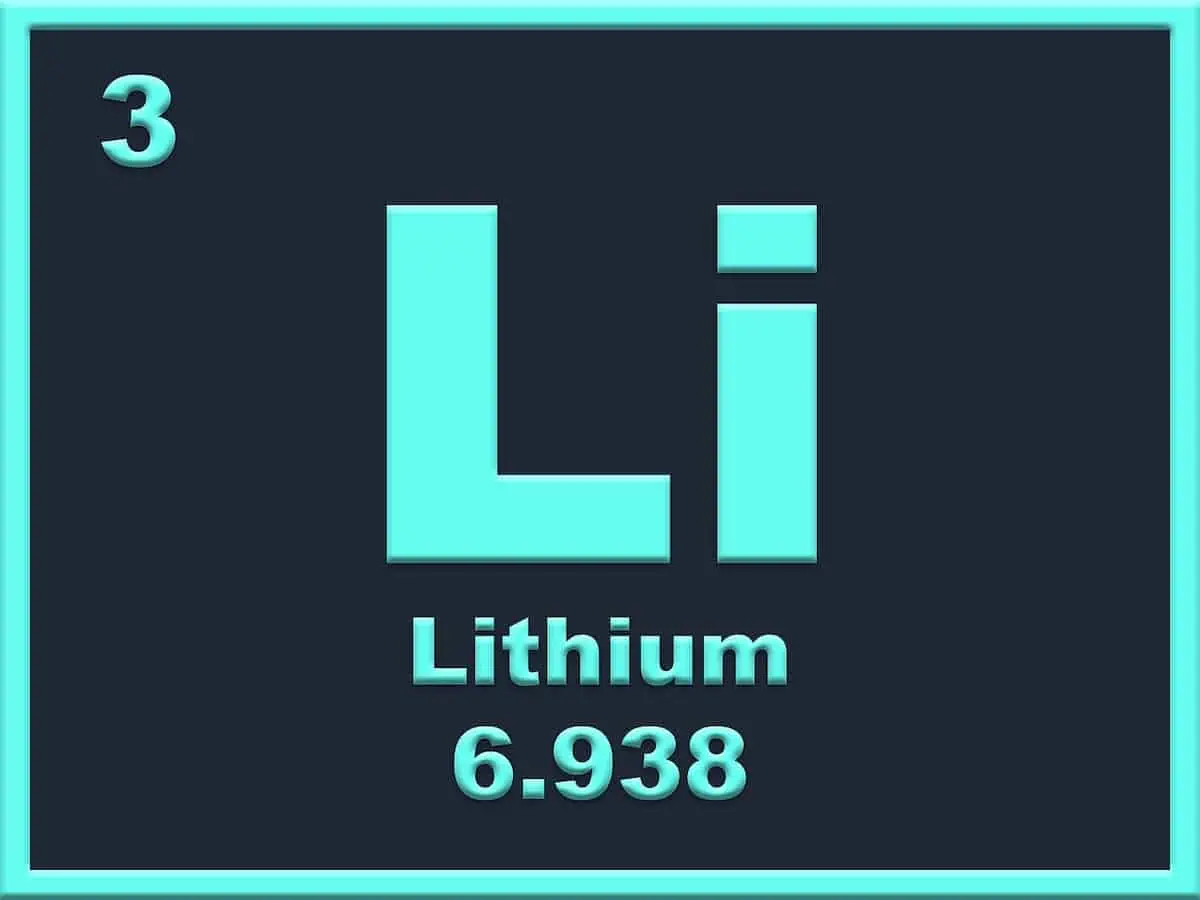The rapid growth of electric vehicles (EVs) in recent years has been a game-changer for the automotive industry and the global transition towards sustainable transportation. Central to the success of this transition is the lithium-ion battery and battery charging, which is widely regarded as the key enabler for EV adoption.
As the primary component of these batteries, lithium plays a crucial role in powering the EV revolution. This article explores the lithium supply chain, its importance for electric vehicles, and the future challenges associated with ensuring a sustainable supply of lithium.
The Lithium Supply Chain
A. Lithium Deposits and Extraction
Lithium is primarily obtained from two major sources: lithium-rich brines and lithium-bearing minerals. Lithium-rich brines are found in salt flats, commonly known as salars, while lithium-bearing minerals, such as spodumene and petalite, are mined from hard rock deposits.
The extraction process involves several stages, including mining, concentration, and chemical processing, leading to the production of lithium carbonate or lithium hydroxide.
B. Processing and Refining
Once extracted, the lithium-bearing material undergoes further processing to remove impurities and produce battery-grade lithium chemicals. This refining process involves techniques such as acid leaching, solvent extraction, and precipitation. The resulting lithium compounds are then converted into lithium carbonate or lithium hydroxide, which are essential components for battery production.
C. Battery Production and Integration
After lithium extraction and refinement, the battery production stage begins. Lithium-ion batteries consist of several components, including the cathode, anode, separator, and electrolyte. The cathode, which typically contains lithium compounds, plays a crucial role in determining the battery’s performance characteristics.
The anode, often made of graphite, also interacts with lithium ions during charging and discharging processes. These battery components are integrated to create complete lithium-ion battery cells, which are then assembled into battery packs for use in electric vehicles.
Lithium’s Use for Electric Vehicles
A. Advantages of Lithium-Ion Batteries
Lithium-ion batteries have become the preferred energy storage solution for EVs due to their unique advantages. These batteries offer high energy density, allowing electric vehicles to achieve longer driving ranges. They also have a higher charge/discharge efficiency, enabling faster charging times and improved overall performance.
Additionally, lithium-ion batteries exhibit longer lifespan and better durability compared to alternative battery technologies, making them ideal for the demanding requirements of electric vehicles.
B. Electrification and EV Market Growth
The rise of lithium-ion batteries has fueled the global electric vehicle market. Governments, automakers, and consumers recognize the environmental benefits of EVs, including reduced greenhouse gas emissions and improved air quality.
The increasing availability of charging infrastructure and government incentives further promotes EV adoption. As a result, the demand for lithium-ion batteries, and subsequently lithium, has skyrocketed in recent years.
C. Lithium Demand and Battery Megafactories
The growing demand for EVs has prompted investments in battery manufacturing facilities, commonly known as battery megafactories. These facilities, with their massive production capacities, require a stable and sufficient supply of lithium.
Major automakers and battery manufacturers are securing long-term lithium supply agreements, investing in lithium mining projects, and exploring recycling technologies to establish a robust and sustainable lithium supply chain.
Future Challenges with the Supply of Lithium
A. Geopolitical Considerations
Lithium reserves are not uniformly distributed worldwide, leading to geopolitical implications for the supply chain. The majority of lithium production currently comes from a few countries, including Australia, Chile, and Argentina.
This concentration of production raises concerns about supply chain vulnerabilities and potential market manipulation. Diversification of lithium sources and promoting exploration in untapped regions can help mitigate these risks.
B. Environmental Impact and Sustainability
Lithium mining and extraction processes have environmental implications that need to be addressed. Large-scale lithium extraction from brine salars often requires significant amounts of water, potentially affecting local water supplies and ecosystems.
Additionally, some mining operations can lead to deforestation, soil degradation, and disruption of habitats. Sustainable mining practices, water recycling, and stringent environmental regulations are essential to minimize the impact of lithium production.
C. Technological Advancements and Battery Innovations
As the demand for lithium-ion batteries continues to grow, research and development efforts are focused on improving battery performance, reducing costs, and increasing energy density. Alternative battery chemistries, such as solid-state batteries, are being explored, which may reduce or eliminate the need for lithium.
While these advancements may impact lithium demand in the future, they also present challenges in terms of scalability, commercialization, and ensuring a smooth transition from existing technologies.
D. Recycling and the Circular Economy
With the expected surge in end-of-life lithium-ion batteries, recycling and establishing a circular economy for lithium are critical. Efficient battery recycling processes can recover valuable materials like lithium, cobalt, and nickel, reducing the dependence on primary lithium production.
However, developing cost-effective recycling technologies and establishing robust collection systems pose significant challenges, as batteries are often complex and difficult to disassemble.
Conclusion
The lithium supply chain is vital for the success of the electric vehicle revolution. As the demand for lithium-ion batteries grows, ensuring a sustainable and responsible lithium supply becomes increasingly crucial.
Overcoming challenges related to geopolitics, environmental impact, technological advancements, and recycling will be vital to establishing a resilient lithium supply chain.
Governments, industry stakeholders, and research institutions must collaborate to develop innovative solutions that enable the electrification of transportation while minimizing environmental impact and ensuring the longevity of the lithium resource.
By addressing these challenges, we can pave the way for a sustainable future where electric vehicles play a significant role in reducing carbon emissions and creating a cleaner and greener transportation sector.
Copyright © Mortson Enterprises Inc. All Rights Reserved.
Lithium Supply Chain article originally published on July 18, 2023.
Cover image by Derrick Sherrill from Pixabay

